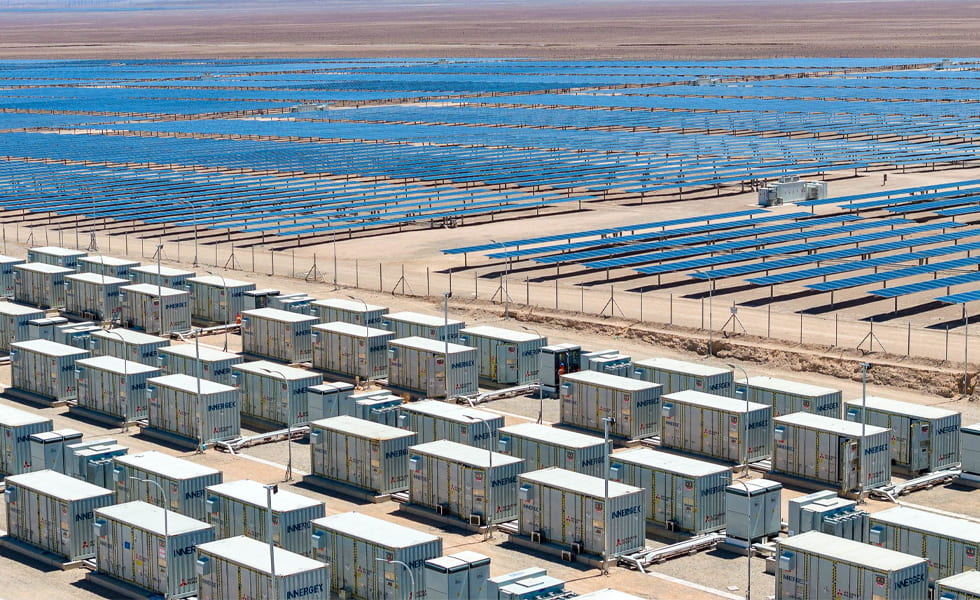
Series Connection
When solar panels are connected in series, the positive terminal of one panel is connected to the negative terminal of the next panel, and so on. This creates a single pathway for the current to flow through all the panels. The voltage of the panels adds up, while the current remains the same across all panels. The total voltage of the series-connected panels is the sum of the individual panel voltages.
Advantages of series connection
Higher total voltage output, which can be beneficial for systems requiring higher voltage.
Can be useful for certain types of inverters that require higher input voltage.
Disadvantages of series connection
If one panel in the series is shaded or not performing well, it can significantly affect the output of the solar panel wiring.
The overall current output of the series-connected panels is limited by the lowest current-producing panel.
Parallel Connection:
When solar panels are connected in parallel, all the positive terminals are connected together, and all the negative terminals are connected together. This creates multiple pathways for the current to flow, and the voltage remains the same across all panels. The total current of the parallel-connected panels adds up, while the voltage remains constant.
Advantages of parallel connection
If one panel is shaded or not functioning properly, it won’t significantly impact the output of the other panels.
The overall voltage output of the parallel-connected panels is the same as the voltage of a single panel.
Disadvantages of parallel connection
Generally used when the system requires higher current output rather than higher voltage.
More complex wiring and additional components (like diodes) may be needed to manage the current flow and prevent reverse currents.
Combining series vs parallel solar panels Connections
In larger solar installations, a combination of both series and parallel connections, known as a series-parallel connection, is often used. This allows for optimizing both voltage and current levels to meet the requirements of the system.
The choice between series and parallel connections depends on factors such as the system’s voltage and current requirements, shading conditions, and the type of inverter being used. It’s important to design the solar panel configuration based on these factors to ensure optimal performance and efficiency of the overall solar system.
Solar panel series-parallel connection is a method of linking solar panels together to meet specific current and voltage requirements, in order to more efficiently harness solar energy and convert it into electricity.
Tags :
